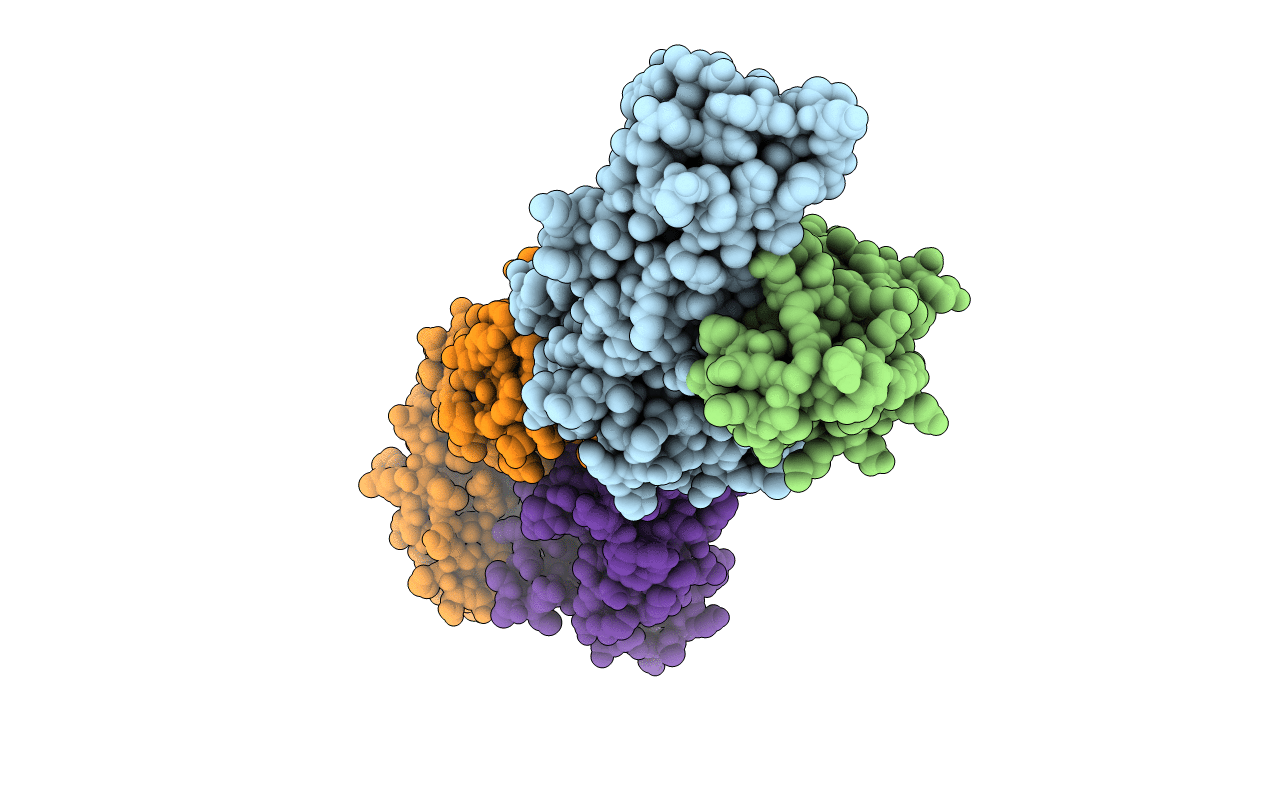
Deposition Date
2015-06-01
Release Date
2016-03-02
Last Version Date
2024-11-06
Entry Detail
PDB ID:
5BS0
Keywords:
Title:
MAGE-A3 Reactive TCR in complex with Titin Epitope in HLA-A1
Biological Source:
Source Organism:
Homo sapiens (Taxon ID: 9606)
Host Organism:
Method Details:
Experimental Method:
Resolution:
2.40 Å
R-Value Free:
0.26
R-Value Work:
0.20
R-Value Observed:
0.20
Space Group:
C 1 2 1


